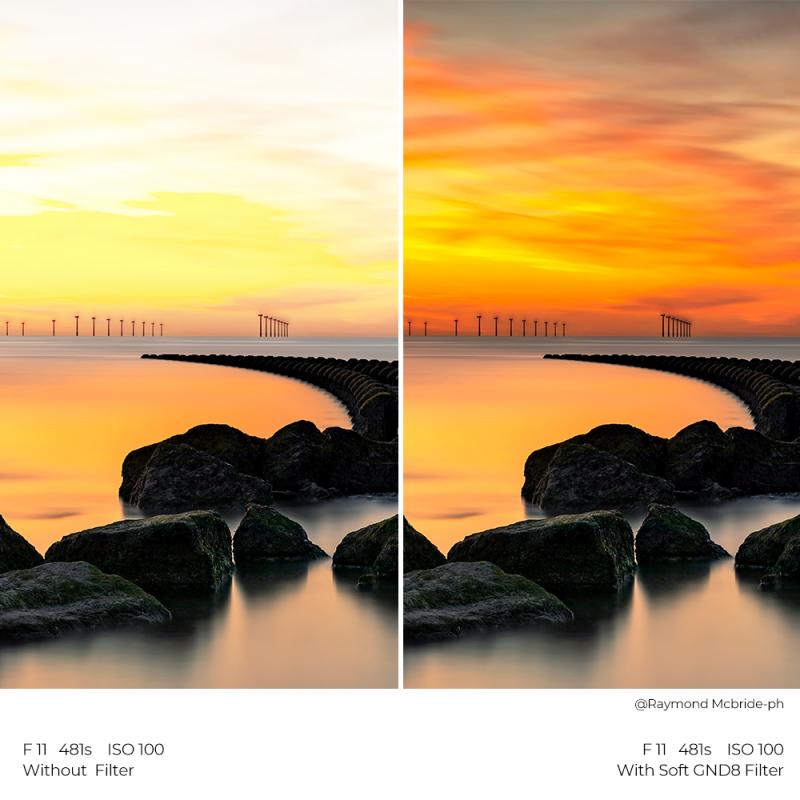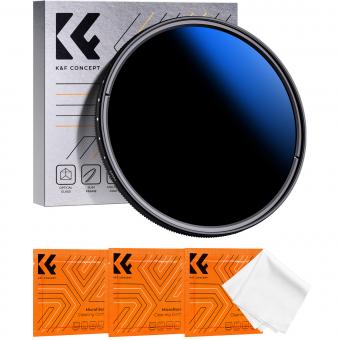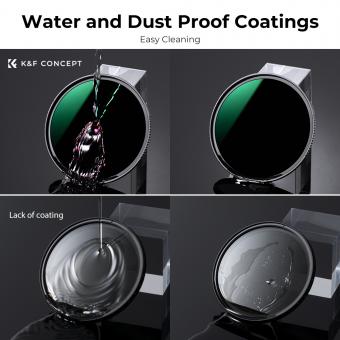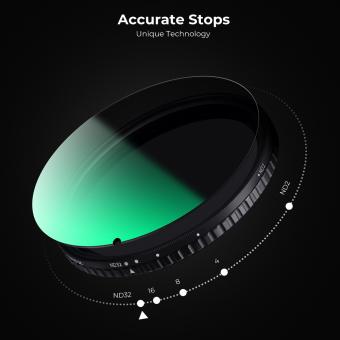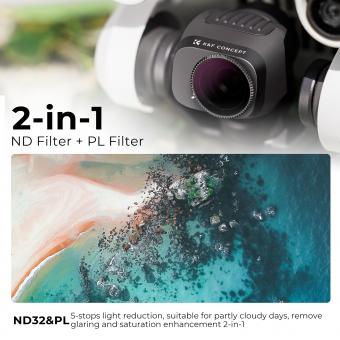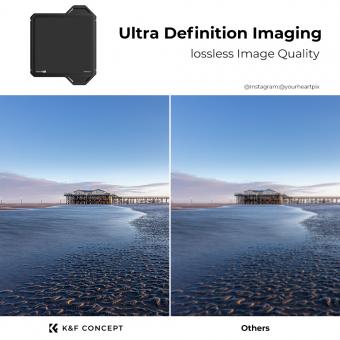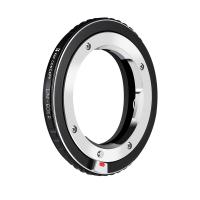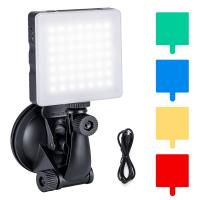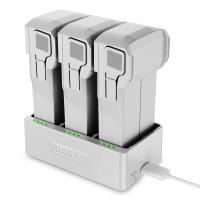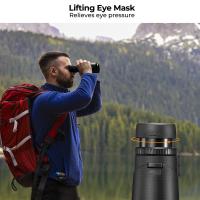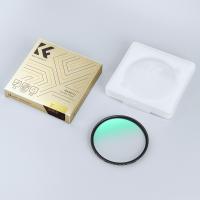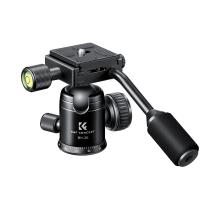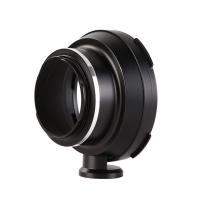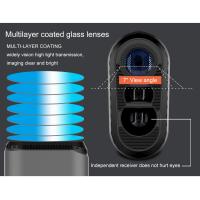How Many Stops Is An Nd8 Filter ?
An ND8 filter typically reduces the amount of light entering the camera by 3 stops.
1、 Neutral Density (ND) Filters: An Overview
An ND8 filter is a type of neutral density filter that reduces the amount of light entering the camera by 3 stops. This means that it allows only 1/8th of the original light to pass through the lens.
Neutral density filters are commonly used in photography and videography to achieve certain creative effects or to overcome challenging lighting conditions. By reducing the amount of light, ND filters allow photographers to use slower shutter speeds or wider apertures without overexposing the image. This is particularly useful in situations where there is too much light, such as when shooting in bright sunlight or capturing long exposure shots during the day.
The number associated with an ND filter indicates the amount of light it blocks. For example, an ND2 filter reduces the light by 1 stop, an ND4 filter reduces it by 2 stops, and so on. Therefore, an ND8 filter blocks 3 stops of light.
It is important to note that the use of ND filters is not limited to a specific number of stops. There are various strengths of ND filters available in the market, ranging from ND2 to ND1000 or even higher. Each strength provides a different level of light reduction, allowing photographers to have more control over their exposure settings.
In recent years, the use of ND filters has become increasingly popular, especially among landscape and long exposure photographers. They enable photographers to capture stunning images with smooth waterfalls, streaking clouds, or motion blur in crowded cityscapes. Additionally, ND filters are also used in videography to achieve a cinematic look by using wider apertures and slower shutter speeds.
In conclusion, an ND8 filter reduces the amount of light entering the camera by 3 stops, allowing photographers to have more control over their exposure settings and achieve creative effects in their images.
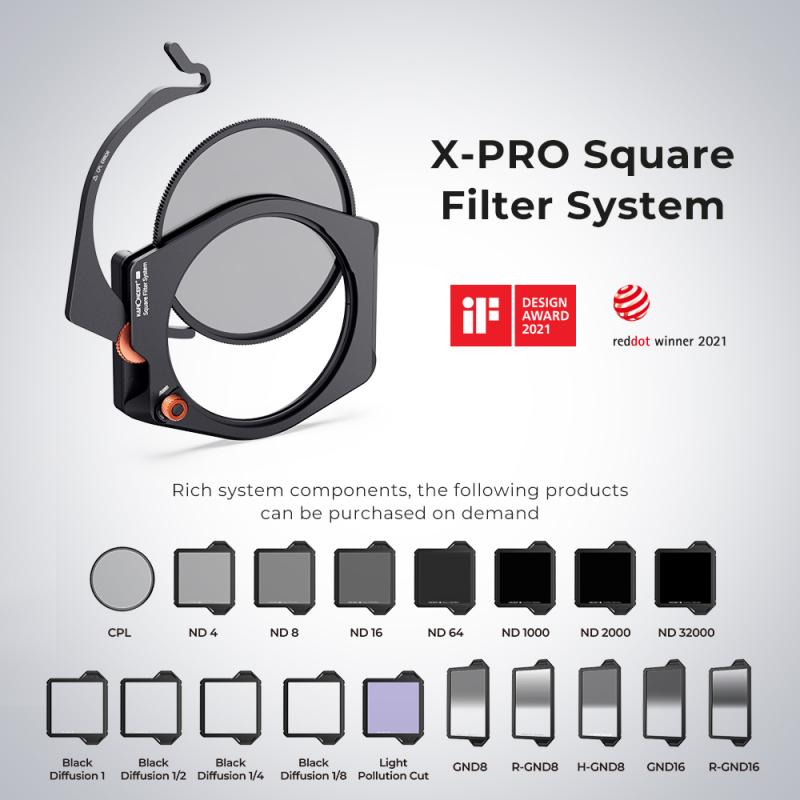
2、 Understanding ND Filter Stops and their Effects
An ND8 filter is a type of neutral density filter that reduces the amount of light entering the camera by 3 stops. In photography, a stop refers to a doubling or halving of the amount of light reaching the camera's sensor. Therefore, an ND8 filter reduces the light by a factor of 2^3, which is 8.
Neutral density filters are commonly used in photography to achieve certain creative effects or to overcome challenging lighting conditions. By reducing the amount of light, ND filters allow photographers to use longer shutter speeds or wider apertures without overexposing the image. This can be particularly useful in situations where there is too much light, such as when shooting in bright sunlight or capturing long exposure shots during the day.
The number of stops that an ND filter reduces the light by determines its strength. For example, an ND2 filter reduces the light by 1 stop, an ND4 filter reduces it by 2 stops, and so on. The higher the number, the stronger the filter and the more light it blocks.
It's important to note that the concept of stops is not limited to ND filters. It is a fundamental concept in photography that applies to various settings, including aperture, shutter speed, and ISO. Understanding stops and their effects is crucial for achieving proper exposure and controlling the amount of light in a photograph.
In recent years, there has been an increasing trend towards using higher stop ND filters, such as ND1000 or even ND100000 filters. These extremely strong filters allow photographers to capture long exposure shots in broad daylight, creating surreal and ethereal effects. However, it's worth mentioning that such high stop filters may introduce color casts or other optical issues, so it's important to choose high-quality filters from reputable brands.
In conclusion, an ND8 filter reduces the light entering the camera by 3 stops. Understanding the concept of stops and their effects is essential for photographers to achieve the desired exposure and creative effects in their images.

3、 ND8 Filter: Definition and Purpose
An ND8 filter, also known as a neutral density filter, is a type of camera filter that reduces the amount of light entering the lens. It is designed to evenly decrease the intensity of light across the entire visible spectrum, without affecting the color balance. The "ND" in ND8 stands for "neutral density," indicating that the filter does not introduce any color cast or tint to the image.
Now, to answer the question, "how many stops is an ND8 filter?" - an ND8 filter typically reduces the amount of light entering the lens by 3 stops. In photography, a "stop" refers to a doubling or halving of the amount of light. Therefore, an ND8 filter reduces the light by a factor of 8, which is equivalent to 3 stops.
The purpose of using an ND8 filter is to achieve certain creative effects in photography. By reducing the amount of light, it allows photographers to use slower shutter speeds or wider apertures in bright conditions, without overexposing the image. This is particularly useful in situations where a shallow depth of field or motion blur is desired, such as in landscape photography to capture flowing water or in portrait photography to create a shallow focus effect.
It's worth noting that the number of stops an ND filter reduces can vary. There are other ND filters available, such as ND2, ND4, ND16, and so on, each with a different light reduction factor. The choice of which ND filter to use depends on the specific lighting conditions and desired effect.
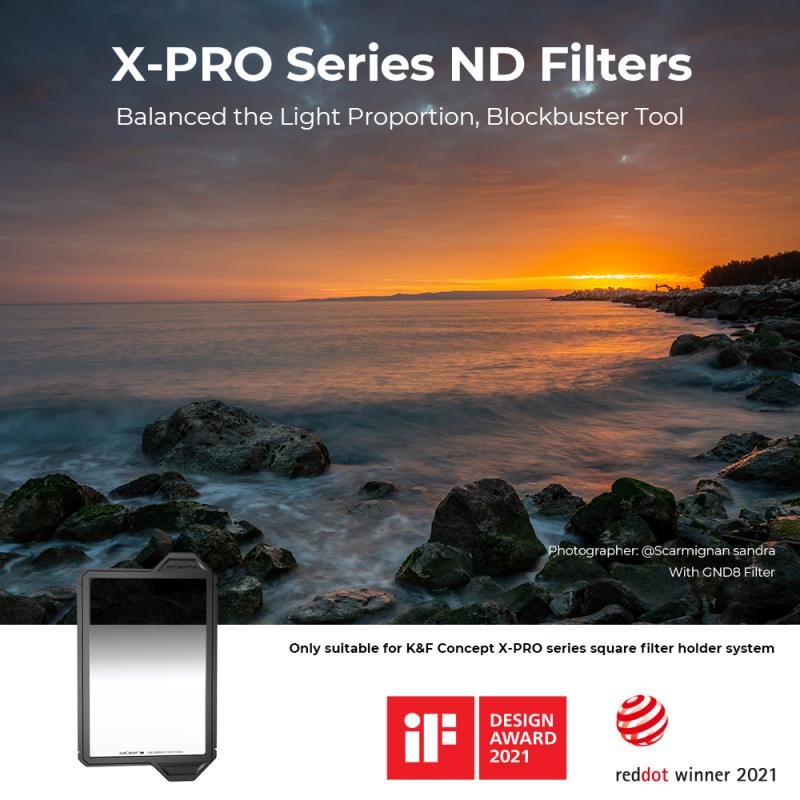
4、 Optical Density of an ND8 Filter
An ND8 filter, also known as a neutral density filter, is a popular tool used in photography and videography to control the amount of light entering the camera lens. It is designed to reduce the intensity of light by three stops, which means it allows only one-eighth (1/8) of the original light to pass through.
To understand the concept of stops, we need to consider the exposure triangle, which consists of aperture, shutter speed, and ISO. Each stop represents a doubling or halving of the amount of light. For example, if you decrease the exposure by one stop, you are halving the amount of light entering the camera.
In the case of an ND8 filter, it reduces the light by three stops. This means that if you were shooting without the filter and had the correct exposure settings, you would need to increase the shutter speed, close down the aperture, or lower the ISO by three stops to achieve the same exposure with the filter attached.
The optical density of an ND8 filter is 0.9, which corresponds to a light transmission of 12.5%. This reduction in light allows photographers and videographers to achieve creative effects such as motion blur in bright conditions or to use wider apertures for shallow depth of field in well-lit environments.
It is important to note that the number of stops reduced by an ND filter can vary depending on the specific brand or model. Some filters may have slightly different optical densities, resulting in a slightly different number of stops. Therefore, it is always recommended to refer to the manufacturer's specifications for accurate information.
In conclusion, an ND8 filter reduces the light entering the camera by three stops, allowing only one-eighth of the original light to pass through. This reduction in light transmission enables photographers and videographers to have more control over exposure settings and achieve creative effects in various lighting conditions.
